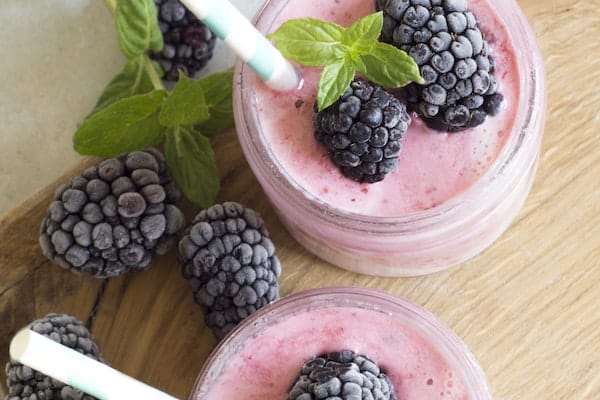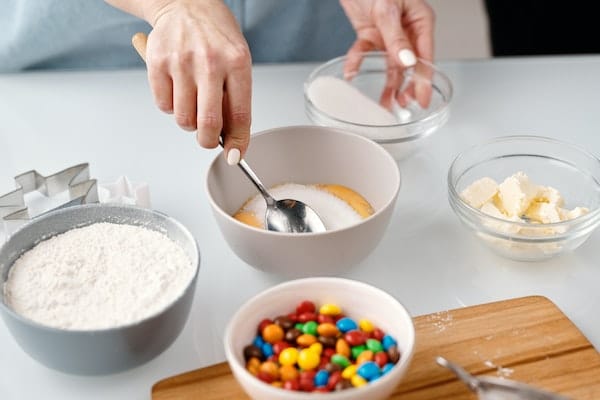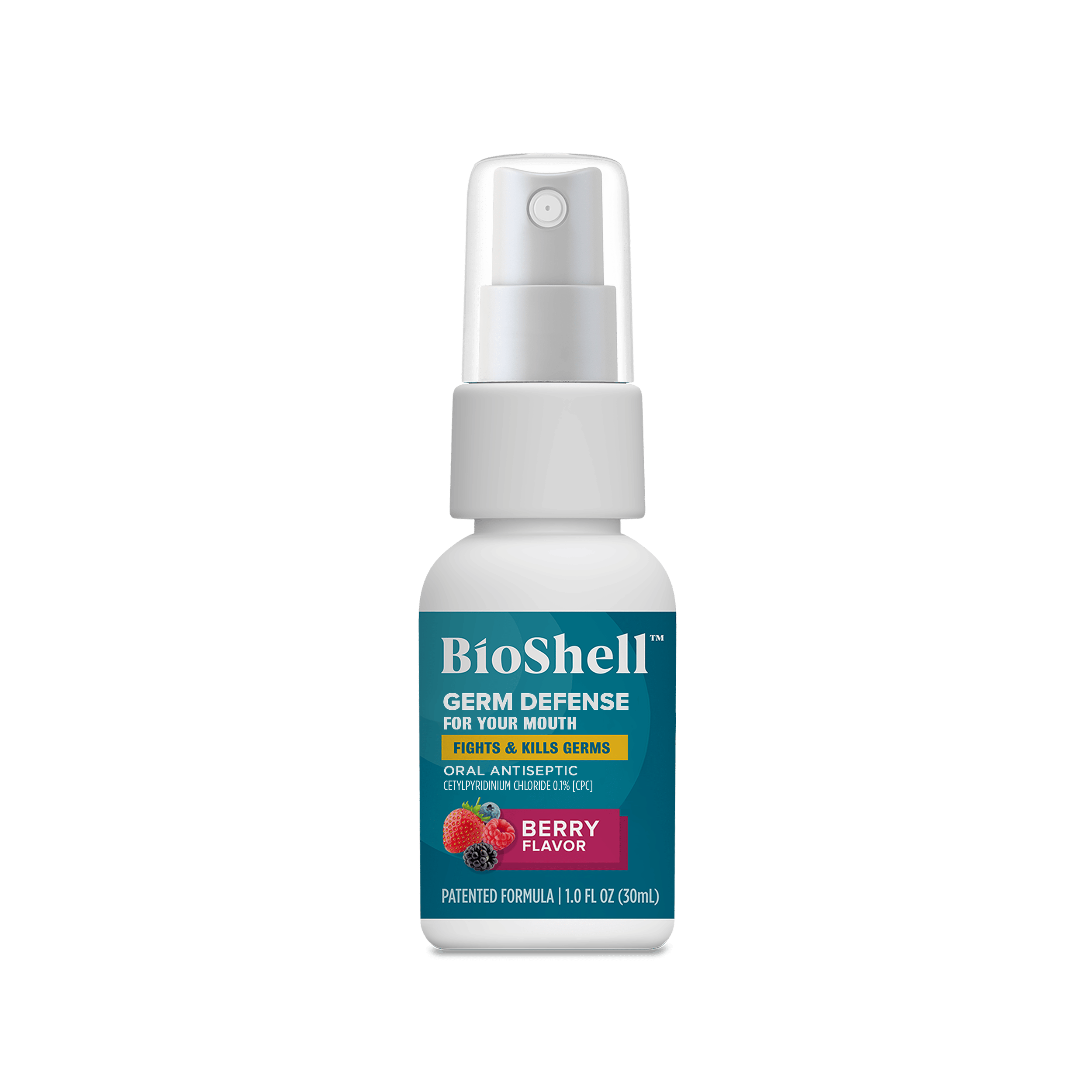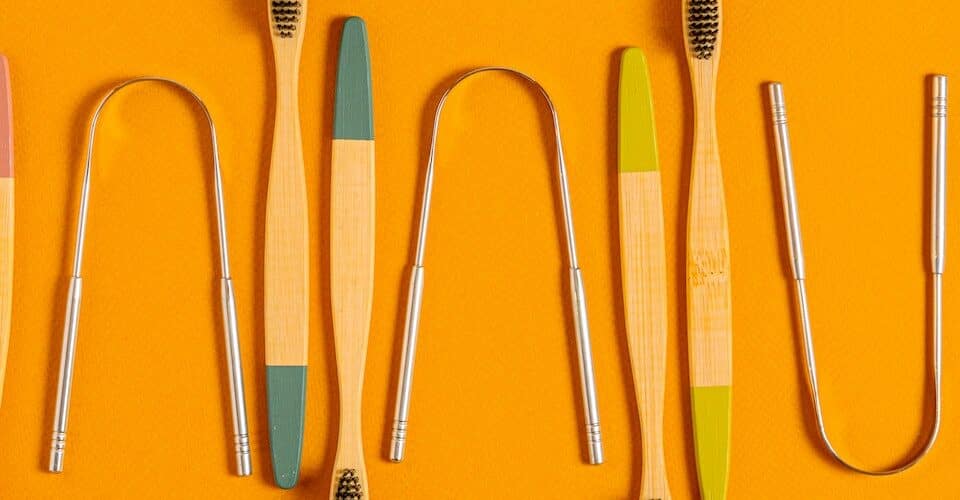Let’s talk about the sweet stuff. The diet and nutrition industry has labeled added sugar as the “villain,” but few people actually know why. As a perpetual buzzword within the nutrition world, there is a lot of information out there on added sugar, and sometimes it’s hard to sift through the clutter. In this blog, we tackle what added sugar is and the impact it can have on the body while keeping in mind that everyone’s dietary needs are different and sometimes it’s more about moderation than eliminating added sugar from the diet.
What are Added Sugars and Why are they Used?
As the name plainly states, added sugars are sugar carbohydrates that are added to food and beverages before consumption. In other words, it’s the stuff added in before you munch or sip, such as those tiny white granules you sprinkle into your morning coffee or the primary ingredient in grandma’s chocolate chip cookies. Added sugars go by many names, with the most common ones being sucrose, high-fructose corn syrup, dextrose, and maltose, all commonly found in soft drinks, baked goods, candy, and other processed foods. Notice any commonalities with these types of added sugars? Hint: all of the added sugars mentioned above end in “ose”. The next time you find yourself searching for added sugars in products, try using this trick and check out this added sugar chart which includes the names of all 61 added sugars.
Contrary to popular opinion, adding sugar to products with the purpose of making them sweeter and more appealing is not the only reason they are used; in fact, that’s just the tip of the iceberg. According to Mayo Clinic, there are five main reasons added sugar appears in products.
- Preserves Products: Sugar helps keep food fresh and extends its shelf life because it does an excellent job absorbing water, and the presence of water is necessary for things like yeast and bacteria to flourish.
- Fuels fermentation: Sugar is needed for bread and baked goods to rise because it kickstarts the yeast into producing carbon dioxide gas, creating the fluffy, voluminous dough we all know and love.
- Gives products flavor and color: Know that golden-brown coloring and flavor that occurs when baked goods are cooked to perfection? You can thank sugar for that as it triggers the Maillard reaction, which adds a desirable flavor and taste to foods.
- Adds bulk and texture: Sugar gives products bulk and texture as it “affects multiple chemical reactions that form the texture of baked goods, ice cream, candies, jams, preserves, and jellies,” described by Science Daily.
- Taste: As the most obvious function, added sugar improves the palatability of foods and beverages.
According to the CDC on added sugar consumption, “3 in 5 Americans aged 2 years and older exceed the recommendation to consume less than 10% of their total daily calories from added sugars on a given day.” Given the variety of functions added sugar serves beyond making products taste more appealing, this statistic hints at how added sugar is in almost everything we eat and why 60% of Americans consume more than the recommended amount of added sugar daily. It’s everywhere because it serves multiple functions.
Types of Products that have Added Sugars, Including the Sneaky Ones
When we think of products that contain added sugars, sweetened beverages, desserts, and other types of processed foods comes to mind, at least for us. While those are certainly some of the biggest added sugar culprits – as 24% of added sugar consumption comes from sugar drinks and 19% comes from desserts and sweet snacks – there’s a handful of less obvious products that added sugar stars in.
- Condiments: Let’s break down how much added sugar is in some of America’s most popular condiments. Ketchup, arguably the most famous and widely used condiment, has about 4 grams of sugar per tablespoon. The BBQ sauce clinking around in the fridge contains 5 grams of sugar per tablespoon, and light or fat-free salad dressing contains around 3 grams of sugar per tablespoon. While it might be challenging to measure how much of a condiment you are putting on your game-day hot dog, staying informed about how much added sugar is in your favorite condiments is equally as important. Check out this guide for more information on the amount of added sugar in popular condiments.
- Peanut Butter: This may come as a shock, but according to EatThis, NotThat, “Just two spoonfuls of this creamy treat contains more sugar than two Chips Ahoy Cookies.” While peanut butter is filled with a variety of nutrients, it should be consumed in moderation.
- Bottled Smoothies: As SF Gate explains, “If your smoothie contains fruit-flavored juices, frozen yogurt, sherbet, sorbet, or ice cream, it can contain more than an entire day’s worth of added sugar.” At first glance, a bottled smoothie might pass the added sugar test, but if you take a closer look at the label, chances are added sugar is hiding in it.
- Flavored Yogurt: While yogurt is a great healthy snack or meal option, certain store-bought yogurts have an alarming amount of added sugar in them. If the yogurt contains fruit juice or fruit puree, chances are it’s loaded with added sugar.
Next time you go grocery shopping, pause and take a moment to check the ingredient list on the back of each product. Even foods you wouldn’t typically associate with sweetness might still have added sugars hiding in them, so it’s important to check the label. And thanks to the FDA’s requirement, food, and beverage corporations must include added sugar on the nutrition facts label, which can be found under the carbohydrate section of the label.
Impact of Added Sugar on the Body
Over the past few years, countless research studies from nutrition experts have surfaced on how excessive added sugar consumption can lead to a range of negative health problems. To put it simply, and as the CDC states, “Americans are eating and drinking too many added sugars.”
When consumed in excess, added sugar can contribute to obesity, type 2 diabetes, heart disease, and other chronic health problems. Our bodies are not designed to handle large amounts of added sugars, as these types of sugars are rapidly absorbed into the bloodstream and can cause spikes in blood sugar levels. Over time, this can lead to insulin resistance, a condition in which the body becomes less sensitive to insulin.
Another potential health concern related to excess added sugar is its impact on brain functions. The Texas Institute For Neurological Disorders states, “Excessive sugar consumption is harmful to brain health, and can lead to memory deficiencies, sugar addiction, and decline in overall health.” This research brings to light how consuming large amounts of added sugars can impair cognitive function, reduce memory and attention, and increase the risk of developing mood disorders, such as depression and anxiety.
Moderation is a great rule of thumb, especially when it comes to regulating added sugar intake. As Healthline explains, “Sugar isn’t a healthy food, but it’s also not the evil poison that it’s sometimes made out to be. While most of us could stand to have less of it, it’s perfectly fine to have a little bit.” This suggests how moderation plays a key role when it comes to consuming added sugar and the importance of knowing the risks associated with going overboard on your added sugar intake. While everyone’s lifestyles and diets are different and enjoying an occasional sweet treat is perfectly fine, staying informed about potential risks is an essential part of a healthy lifestyle.

pink smoothies in mason jars topped with blackberry and mint leaves, with a striped straw
Alternatives to Added Sugar
Depending on what you’re looking to substitute, whether it’s breakfast foods, snacks, or beverages – there are plenty of healthy alternatives out there.
- Unsweetened almond milk or other non-dairy milks: Many non-dairy milks are available in unsweetened versions, which can be a good alternative to dairy milk that is often sweetened with added sugar.
- Fresh fruit: Fresh fruit is a great source of natural sweetness, fiber, vitamins, and minerals. Eating fresh fruit can help satisfy your sweet tooth without the added sugar found in many processed foods.
- Greek yogurt: Greek yogurt is a good source of protein and is often lower in added sugar compared to regular yogurt. Look for plain, unsweetened Greek yogurt and add your own fresh fruit for sweetness.
- Sugar-free drinks: Sugar-free drinks, such as unsweetened tea, coffee, and seltzer, are a good alternative to sweetened beverages, which are often high in added sugar.
In terms of table sugar substitutes commonly added to coffee, tea, and other beverages – there’s two routes you can go. According to VeryWell Fit, “Non-nutritive (calorie-free) sweeteners include artificial sweeteners, sugar alcohols, and plant-derived options such as stevia and monk fruit extract. Nutritive sweeteners, which do contain calories, include non-refined sugar sources like honey, maple syrup, and coconut sugar.” When choosing a sugar substitute, Autumn Rauchwerk, RD, notes it’s important to keep in mind “that there is no silver bullet option. Nutritive sweeteners can impact blood sugar, and high intakes are associated with increased risk of certain chronic diseases. Non-nutritive options do not contain calories or contribute to blood sugar changes in the same way, but they have not been studied long-term, and some preliminary research shows that there may be risks involved.” Neither non-nutritive nor nutritive sweeteners are the magic solution. With both types, it’s still important to take into consideration the type and amount being used in order to make informed decisions on which might fit better into your lifestyle.
Now that you have the scoop on added sugar including what it is, the effects it can have on your body, and available alternatives, consider thinking about what this means for you. Dietary needs and lifestyles come in all different shapes, sizes, and flavors and it’s completely up to you on how added sugars show up in your life.









